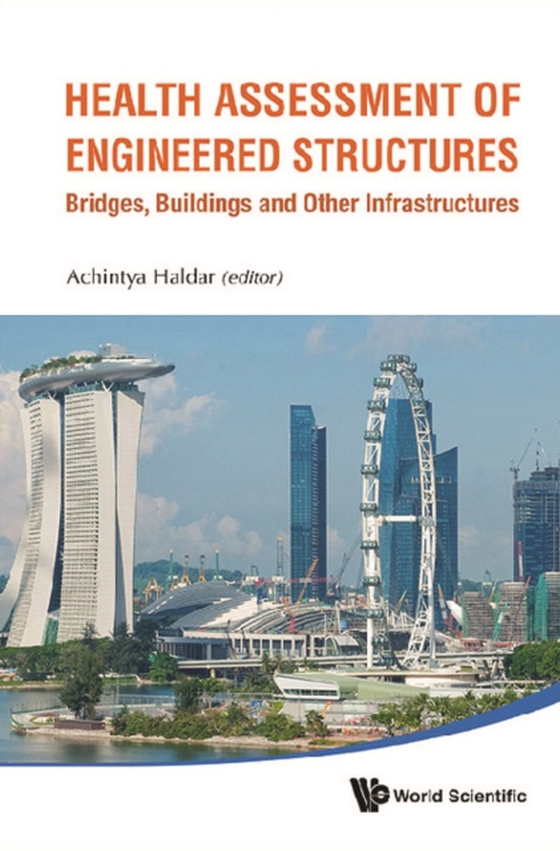
Health Assessment Of Engineered Structures: Bridges, Buildings And Other Infrastructures e-bog
366,80 DKK
(inkl. moms 458,50 DKK)
Health Assessment of Engineered Structures has become one of the most active research areas and has attracted multi-disciplinary interest. Since available financial recourses are very limited, extending the lifespan of existing bridges, buildings and other infrastructures has become a major challenge to the engineering profession world-wide. Some of its related areas are only in their developme...
E-bog
366,80 DKK
Forlag
World Scientific
Udgivet
8 maj 2013
Længde
352 sider
Genrer
Structural engineering
Sprog
English
Format
pdf
Beskyttelse
LCP
ISBN
9789814439039
Health Assessment of Engineered Structures has become one of the most active research areas and has attracted multi-disciplinary interest. Since available financial recourses are very limited, extending the lifespan of existing bridges, buildings and other infrastructures has become a major challenge to the engineering profession world-wide. Some of its related areas are only in their development phase. As the study of structural health assessment matures, more new areas are being identified to complement the concept.This book covers some of the most recent developments (theoretical and experimental) and application potentials in structural health assessment. It is designed to present currently available information in an organised form to interested parties who are not experts in the subject.Each chapter is authored by the most active scholar(s) in the area. After discussing the general concept, various currently available methods of structural health assessment (such as the use of smart sensors) are presented. Health Assessment discusses the following: sensor types, platforms and data conditioning for practical applications; wireless collection of sensor data, sensor power needs and on-site energy harvesting; and long term monitoring of structures. Uncertainty in collected data is also extensively addressed. A chapter discussing future directions in structural health assessment is also included.
 Dansk
Dansk

